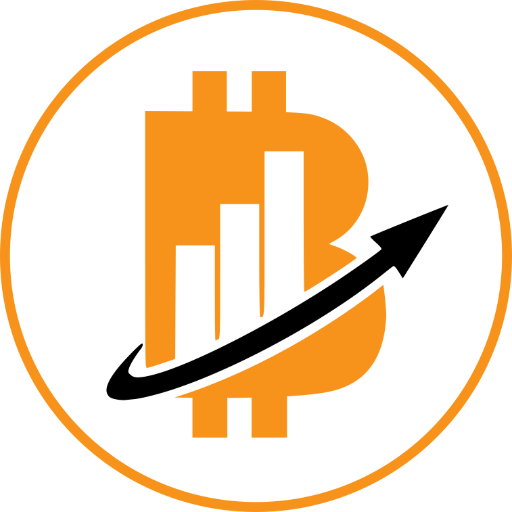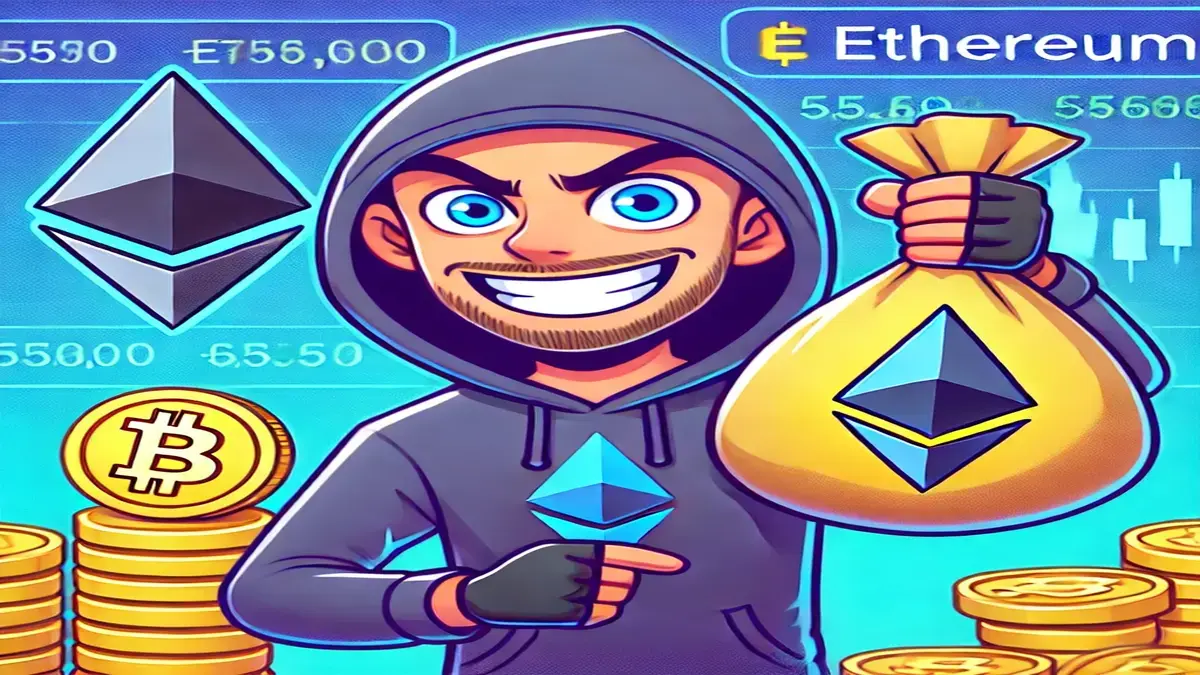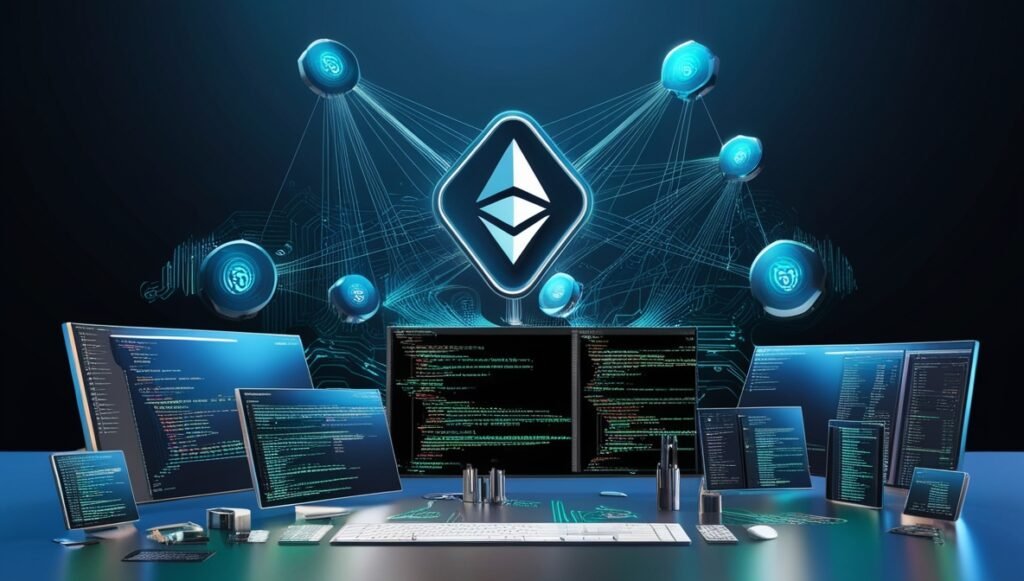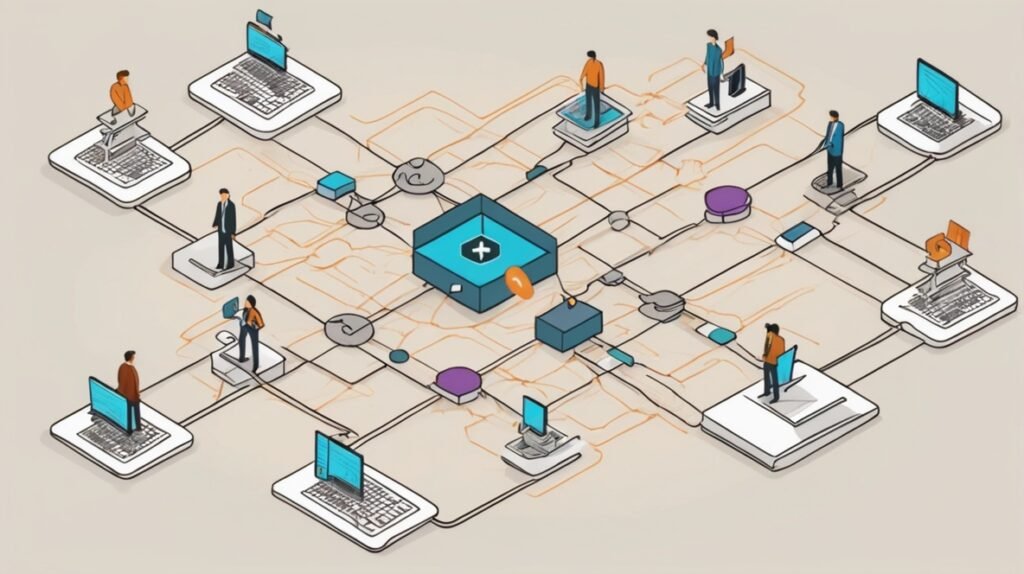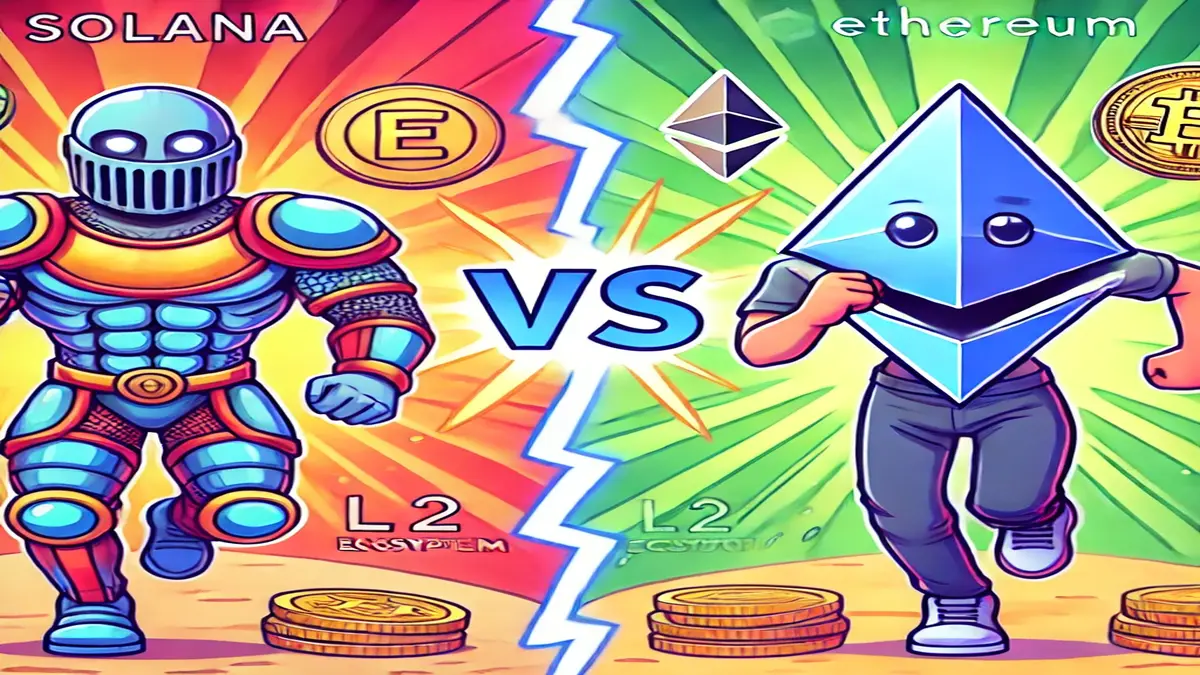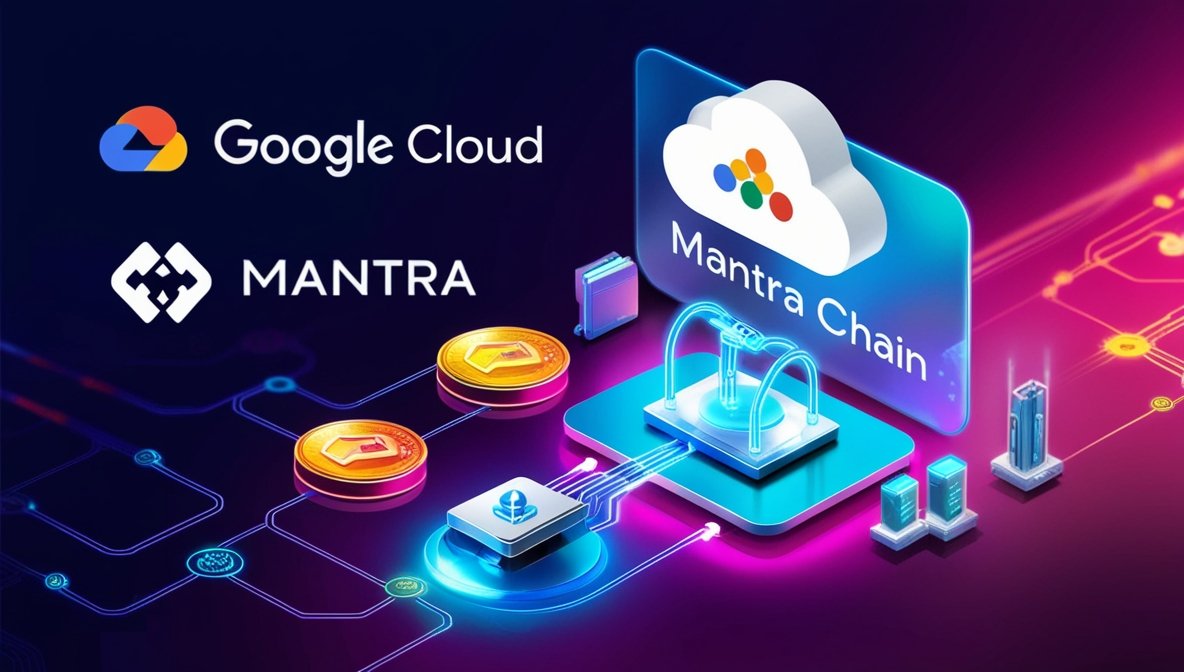Summary
An attacker moved $52 million in stolen cryptocurrency assets onto the Ethereum network after breaching DeFi lender Radiant Capital, perhaps to hide the money. While attempts are underway to track and freeze the monies, Radiant Capital has advised consumers to safeguard their assets.
Forensic Discovery
On October 24, blockchain analysis firm PeckShield reported that wallets linked to Radiant Capital’s attacker moved approximately $52 million worth of stolen assets, shifting the bulk of them from Arbitrum and Binance BNB Chain into the Ethereum network.
Exploit Details
The breach, which was first carried out on October 16, used a complex malware insertion in developers’ hardware wallets to target Radiant Capital’s Arbitrum network. The attack, which was described as “one of the most advanced in DeFi history,” cost 20,500 ETH in total.
YOU MIGHT ALSO LIKE : Bittensor Unveils Smart Contracts with Full Ethereum Integration
Laundering Methods
PeckShield noted that the funds could potentially be routed through crypto mixers on Ethereum, a common tactic to disguise stolen assets, which has been observed in other high-profile hacks this year.
Radiant’s Response
Radiant Capital urged users to revoke permissions to certain contracts through revoke.cash to prevent further losses. The team also stated that they are actively working with security and law enforcement professionals to recover the assets. This attack exposes a troubling pattern in DeFi, since previous September incursions at sites like as Indodax and BingX resulted in a total loss of $120 million in bitcoin hacks across the industry.
